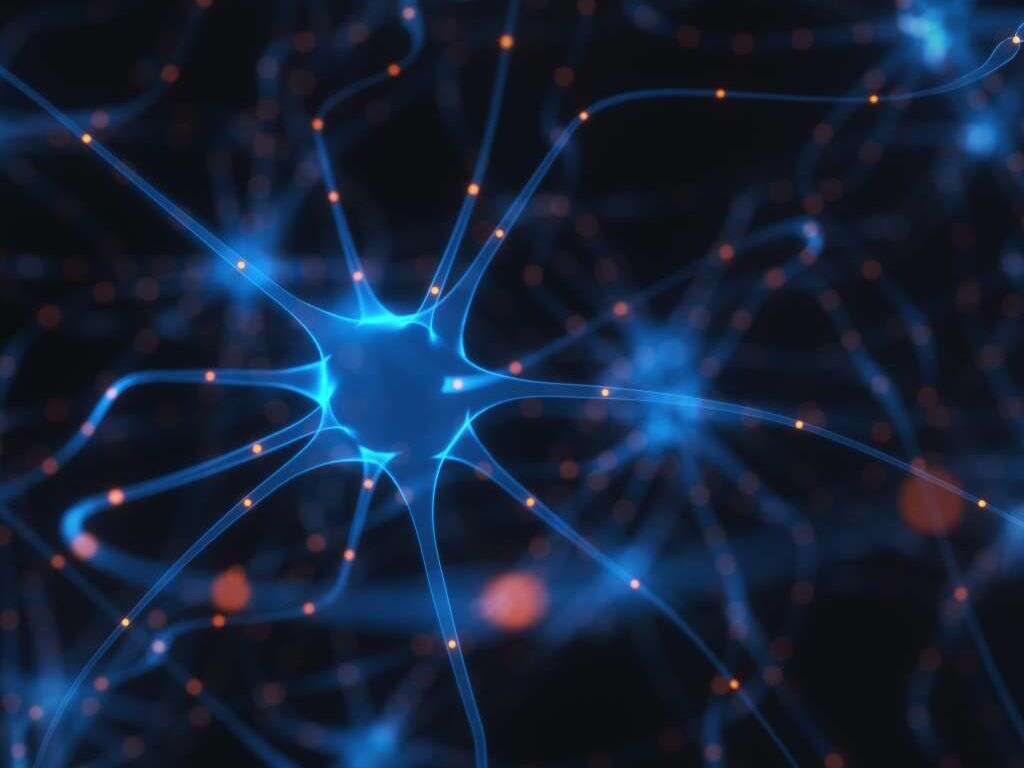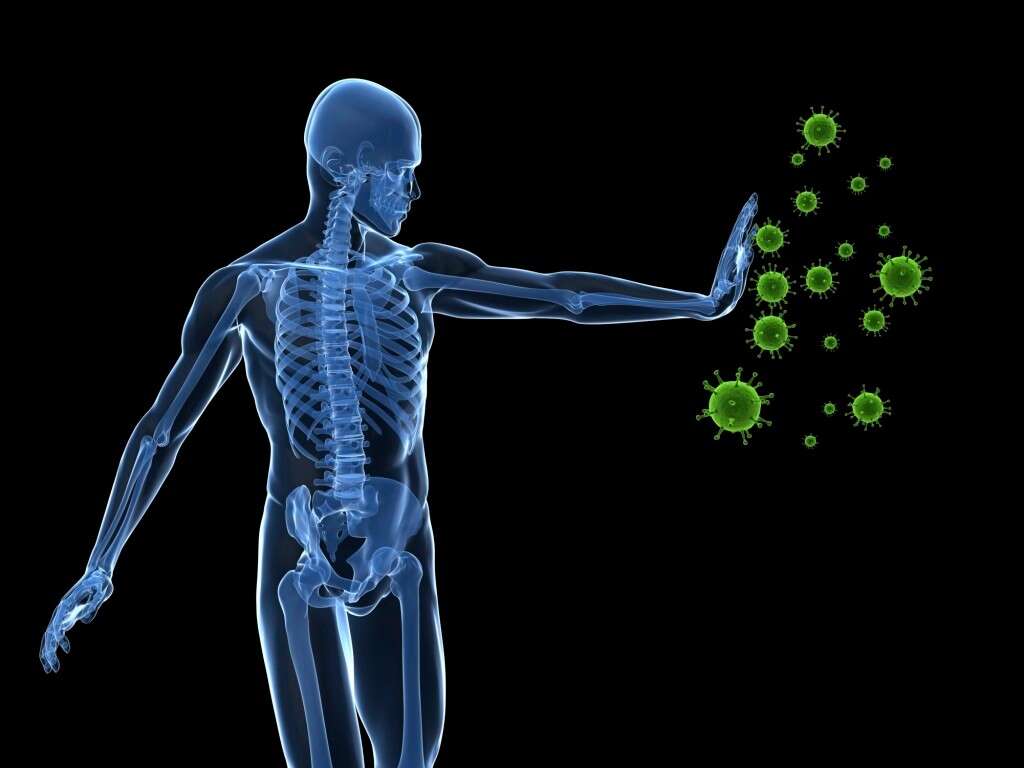What Is Sjogren's Syndrome?
Protecting us from disease is a body-wide system of defenses that reacts whenever a danger is detected. This includes specialized blood cells that tackle intruders head on with chemicals, antibodies, and other weapons that help to protect us against attack.
This system is known as the immune system and it is always hard at work keeping us healthy and well. While we owe so much to our immune system, it will also sometimes be the cause of ailments. Our immune system will sometimes turn against us in what is known as an autoimmune condition, one example of which is Sjorgen’s syndrome.
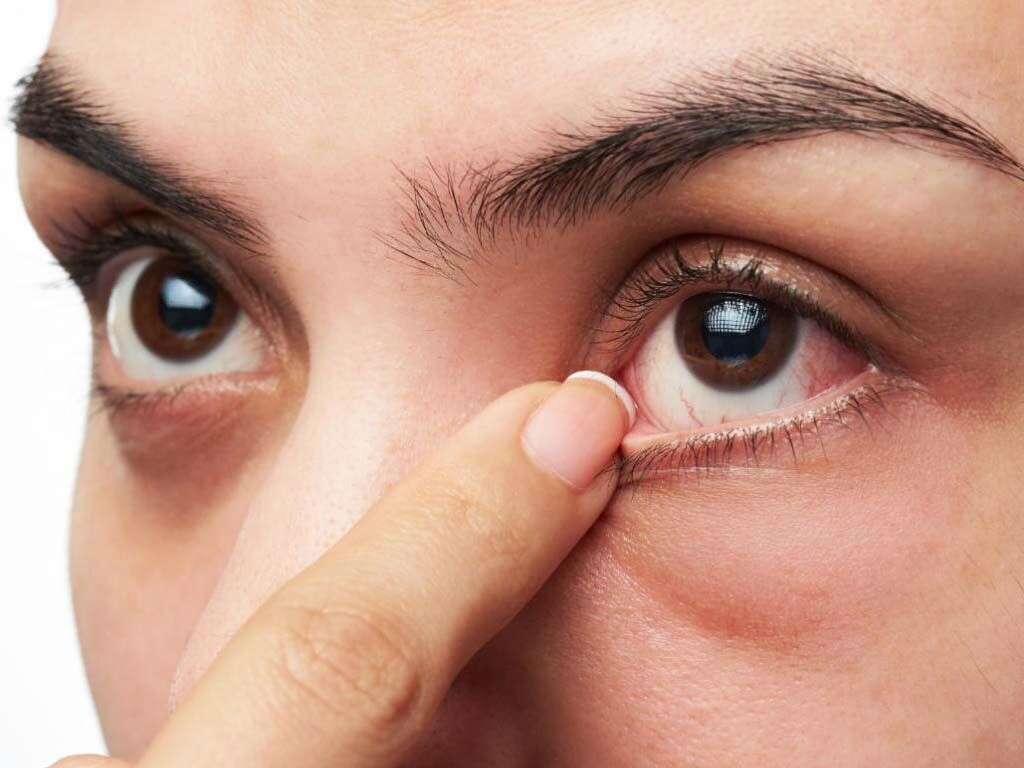
1. Sjogren’s Syndrome
The important of tears and saliva are often overlooked, but they do perform important roles for us. Saliva is important for helping to keep the inside of the mouth healthy while it also aids with digestion. Tears are important because they act as a protective barrier for our eyes, while they also act as a lubricant that allows us to blink easily.
Sjogren’s Syndrome is a type of autoimmune condition that affects the body’s ability to produce saliva and tears. This can, in turn, result in some unwelcome symptoms, and even potentially serious complications. There is no cure for the disease, but the patient’s symptoms can be treated.

2. Causes
Sjogren’s syndrome is an autoimmune disorder that attacks the glands that are responsible for making saliva and tears. It can also attack some other parts of the body including our joints and organs. As with other types of autoimmune condition, the exact causes of Sjogren’s syndrome are not at all well understood.
We do know that having certain genes makes somebody more likely to have the disease. However, it will take a trigger, such as an infection, to cause the symptoms to appear. Other body parts affected by the condition include the kidneys, liver, nerves, skin, and the thyroid gland.

3. Symptoms
A lack of saliva and tears will mean dry eyes and a dry mouth. The patient will feel as though there is something gritty in their eyes, while their mouth can feel as though it is full of cotton. The patient can also find it difficult to speak and swallow. These symptoms are typical of the condition, and some patients will experience some less common symptoms.
The less common symptoms of Sjogren’s syndrome include swollen saliva glands. The patient can also develop dry skin or a rash, and they can also have swelling, stiffness, and pain in their joints. The condition can also cause fatigue, while women can experience vaginal dryness.
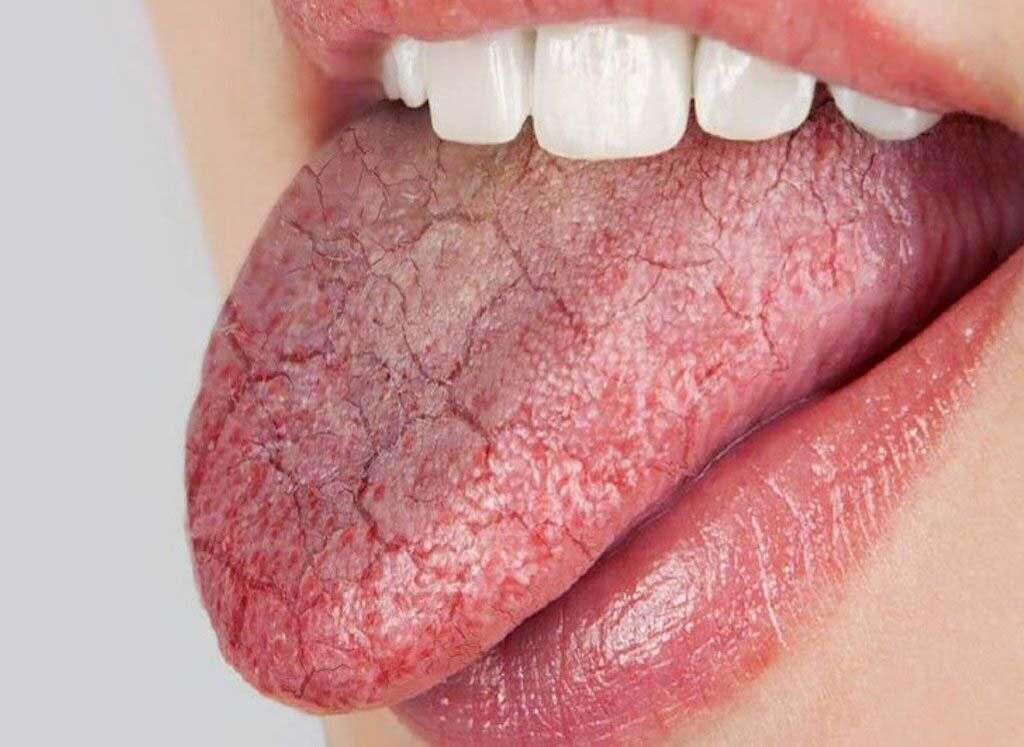
4. Dental Cavities
Saliva is slightly antiseptic and this helps to control the levels of bacteria in the mouth. Without saliva, bacteria can proliferate more easily, and this means they will secrete more of the waste products that can destroy the enamel of teeth. This, in turn, means that patients with Sjogren’s syndrome will be more likely to develop dental cavities.
A lack of saliva can also make the mouth a more welcoming place for other pathogens including fungi. As such, the patient is also more likely to develop fungal infections. Other potential problems include vision problems that are caused by dry eyes. The patient might also acquire damage to their cornea.
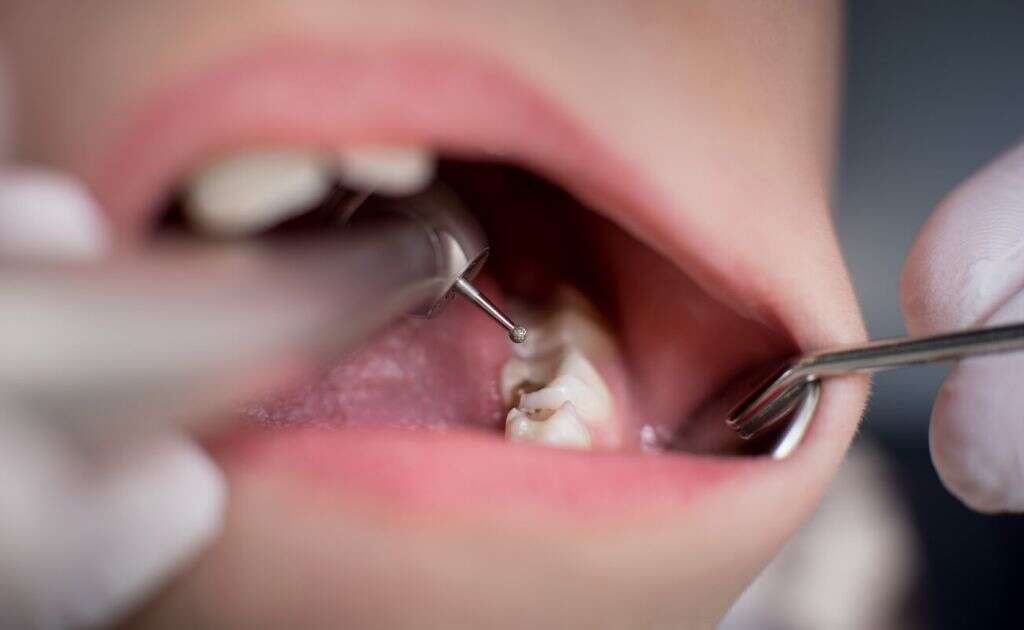
5. Peripheral Neuropathy
Our nerves travel throughout the body, including to our extremities such as hands and feet. This is very important for us because it gives us the sensitive sensations of touching and feeling that we need to know what is around us. If problems develop with the nerves that serve these extremities, then we can begin to lose the ability to feel objects around us.
One of the potential symptoms of Sjogren’s syndrome is that it can cause damage to the peripheral nerves, which is known as peripheral neuropathy. This will result in symptoms like tingling, numbness, and a burning sensation. These symptoms should always be checked out by a professional.

6. Lymphoma
The lymph nodes are a very important part of the immune system. They help to keep us safe by filtering out pathogens from our blood, and they are located in several parts of the body. The most noticeable lymph nodes are those in our neck, our groin, and in our armpits.
Some people with Sjogren’s syndrome will develop cancer of the lymph nodes, which is known as lymphoma. This condition causes white blood cells, which are known as lymphocytes, to grow out of control. Depending on the type of lymphoma the patient has it can be treated and, in some cases, it can even be cured.

7. Pneumonia
As mentioned, Sjogren’s disease can also affect the other organs in the body. This can lead to problems with the kidneys and they may begin to get damaged, and fail. Sjogren’s disease can also affect the liver, potentially leading to problems like cirrhosis or hepatitis.
Sjogren’s disease can also affect the lungs. This can cause problems like bronchitis, which is the inflammation of the bronchial tubes, and it can cause breathing difficulties. Pneumonia is another potential complication, and this is a disease that can be very dangerous because it can mean that patient is unable to get the oxygen they need.
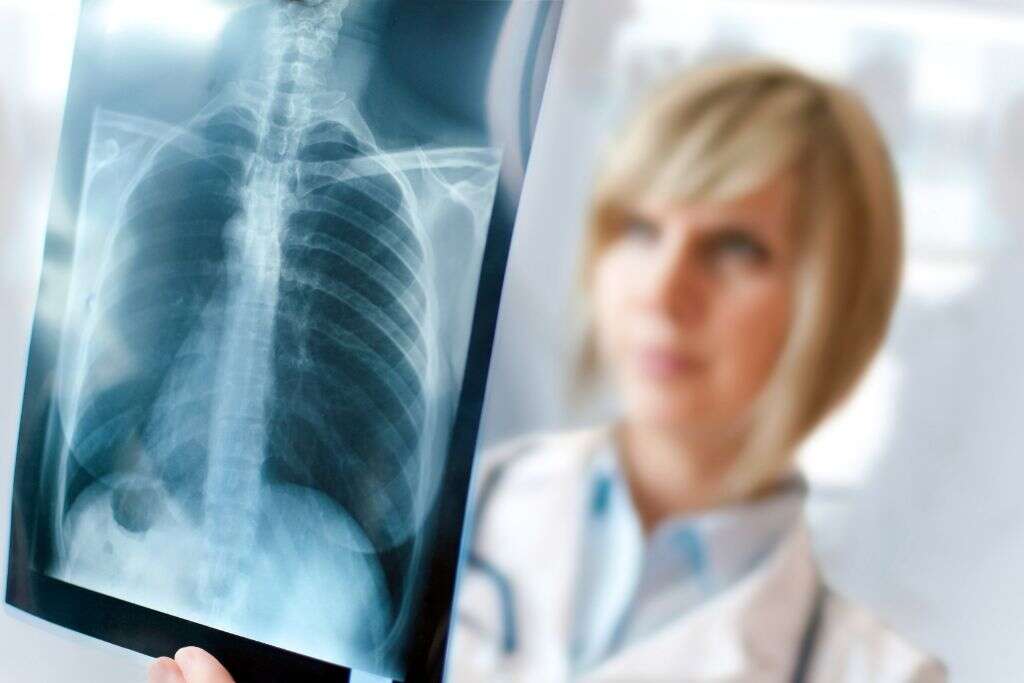
8. Who’s At Risk?
As mentioned, Sjogren’s disease is more likely to be found in people who have certain genes. There are other factors involved such as sex, and women are more likely to have the disease than men are. Age is another potential factor, and Sjogren’s disease is more likely to be found in people aged 40 years old and higher.
People that have a rheumatic disease are also more likely to develop Sjogren’s disease. These are inflammatory diseases that tend to affect joints, whereas they can also affect other parts of the body including the ligaments, tendons, muscles, and bones. Examples of a rheumatic disease include lupus and arthritis.
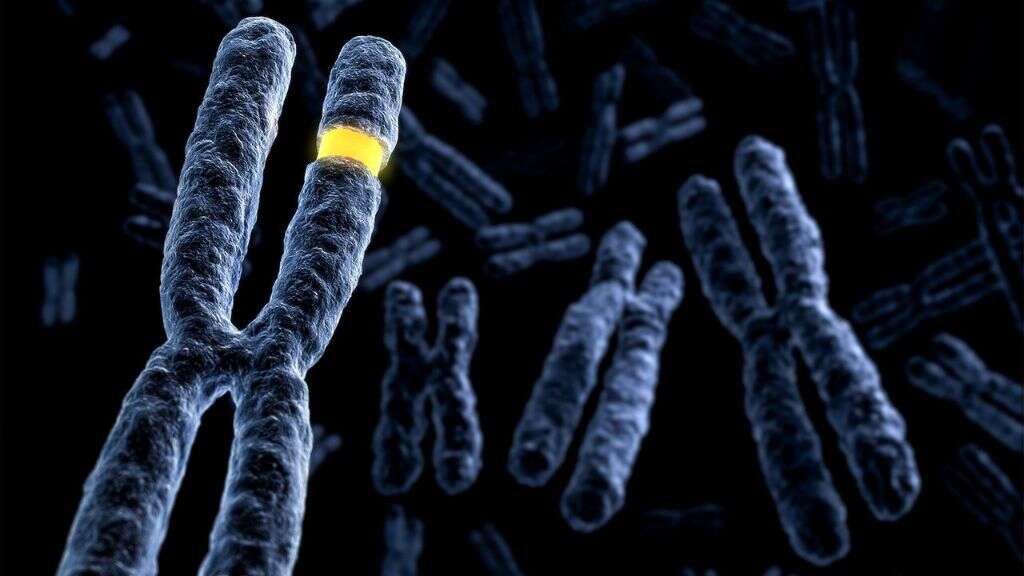
9. Diagnosis
The symptoms of Sjogren’s syndrome are often similar to other medical conditions, potentially making it tricky to diagnose. Making a diagnosis even harder is the fact that symptoms tend to vary from person to person. There is also no single test that can confirm the disease so a diagnosis will likely involve eliminating other causes.
Tests can include eye tests that will check how moist or dry the eyes are. Blood samples may also be taken so they can be checked for signs of Sjogren’s syndrome and other potential causes. A biopsy of the patient’s lip might be performed, while imaging methods may be used that will help experts check on the functioning of the saliva glands.

10. Treatment
There is no known cure for Sjogren’s syndrome, and treating the condition will involve treating the patient’s symptoms. For many people, this will involve drinking water more regularly, and using eye drops to keep the eyes moist. This will not be enough in some cases, however.
Medication for Sjogren’s syndrome will often involve drugs that will help the body to increase the production of saliva, and tears. Drugs that help to suppress the immune system may be used, although these will make the patient more susceptible to catching other diseases. A surgical procedure that will prevent tears from draining away from the eyes may also be performed.




